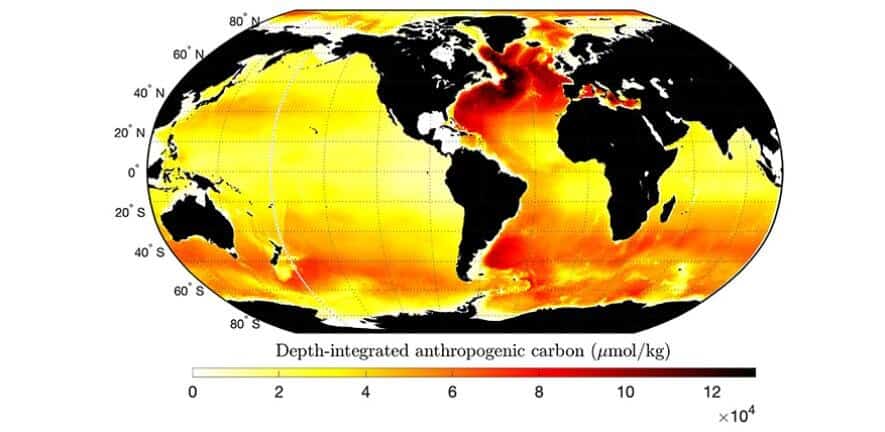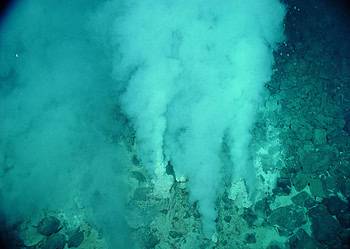Waves don’t happen just on the surface of the water. They are also found well below, right down to the depths of the ocean. These underwater waves influence the dynamics and properties of oceans to such an extent that, if they were to disappear, the Earth’s climate would be affected. But our understanding of them is still very limited.

Now, a team of researchers in the US and the UK has quantified the effect of these waves and other forms of underwater turbulence in the Atlantic Ocean. They found that their importance isn’t being accurately reflected in climate models — computer programs that simulate weather patterns over them — that inform government policy.
“If you were to take a picture of the ocean interior, you would see a lot of complex dynamics at work,” Laura Cimoli, study author, said in a statement. “Beneath the surface of the water, there are jets, currents, and waves – in the deep ocean, these waves can be up to 500 metres high, but they break just like a wave on a beach.”
Looking into the waves
The ocean moves water around the world like a conveyor belt. It carries warm water from the tropics to the North Atlantic, where it cools, sinks and returns southwards to the deep ocean. In the Atlantic, this circulation pattern, called the Atlantic Meridional Overturning Circulation (AMOC), plays an important role in regulating the carbon budget.
Researchers have been investigating over the past few decades whether the AMOC plays a role in why the Arctic has lost so much ice cover, while some Antarctic sheets are instead growing. One possible explanation behind this is that the heat absorbed by the ocean in the North Atlantic takes several hundred years to reach the Antarctic.
Now, a team from the University of Cambridge, the University of Oxford, and the University of California San Diego has found that the heat from the North Atlantic can reach the Antarctic much faster than expected. They also found that turbulence within the ocean, especially the underwater waves, plays a significant role in the climate.
“The Atlantic Ocean is special in how it affects the global climate,” co-author Dr Ali Mashayek from Cambridge’s Department of Earth Sciences, said in a media statement. “It has a strong pole-to-pole circulation from its upper reaches to the deep ocean. The water also moves faster at the surface than it does in the deep ocean.”

The ocean, the researchers explained, has different layers, with colder water at the bottom and warmer at the top. Heat and carbon transport mostly happen within a particular layer, but it can also occur between different layers. They found this movement is facilitated by small-scale turbulence, a phenomenon that’s not fully accounted for in climate models.
This suggests there’s an urgent need to install turbulence sensors on global observational arrays and to better represent small-scale turbulence in climate models, the researchers said. Doing so would enable climate scientists to make more accurate projections of the future of climate change, they added, preventing any potential impacts.
“Many climate models have an overly simplistic representation of the role of micro-scale turbulence, but we’ve shown it’s significant and should be treated with more care,” Mashayek said in a statement. “For example, turbulence and its role in ocean circulation exerts a control over how much anthropogenic heat reaches the Antarctic Ice Sheet.”
The study was published in the journal AGU Advances.






